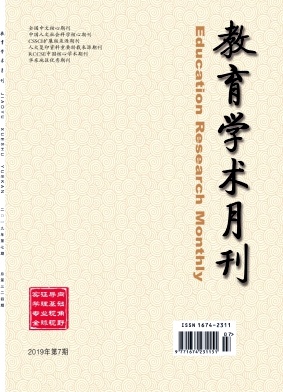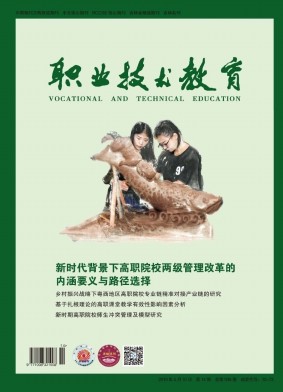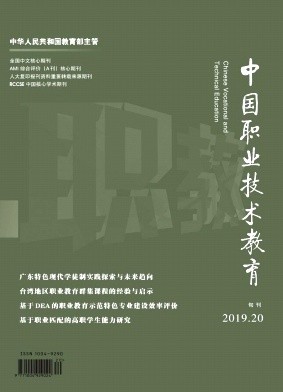摘要 儿童照顾政策是日本应对日益加速的少子高龄化社会进程、提高社会成员生育意愿的重要环节。但"育儿支援新制度"、"幼保无偿化"等看似相当充裕的儿童照顾政策效果却未达预期:不仅新出生儿童数量没有实现增加,无法进入照顾机构的"待机儿童"也成为困扰日本政府与社会成员的新问题。由于日本儿童照顾体系中独特的保育所与幼儿园二元分立的历史构造,儿童照顾资源整合难度较大;更多女性参与劳动力市场导致家庭能够提供的儿童照顾减少,各类儿童照顾政策的实施又拉动了潜在的儿童照顾需求。日本的经验表明,应对少子化危机、解决待机儿童难题需要在增加儿童照顾供给总量、提高政策普惠性与公平性的同时,调整儿童照顾机构使用时间与使用限制等供给结构,提高儿童照顾对于社会成员的可得性与可及性。 Japan is promoting various childcare policies to deal with the accelerating process of decreasing birthrate and aging population and increase the fertility-willingness.However,the seemingly sufficient childcare policies such as the "New System for Childcare Support", "Free Preschool Education and Childcare" do not work as expectations. The number of newborns is decreasing by year, "children on the waiting list" who cannot enter childcare facilities also becomes a new problem for the the government and the parents. Due to the unique historical factor of the dual separation of the nursery and kindergarten in Japan’s childcare system,integrating childcare resources trends to be in difficulty. Increasing number of women participating in the labor market reduces childcare provided by the family.The implementation of various childcare strategies also pulls more potential childcare needs. Japan’s experience shows that responding to the crisis of declining birthrate and solving the problem of children on the waiting list need to increase the total supply of childcare to improve the inclusiveness and fairness of childcare policies,and adjust the opening hours and restriction of childcare facilities to improve the availability and accessibility of child welfare.
出处 《外国教育研究》 北大核心 2021年第3期58-68,共11页 Studies in Foreign Education
基金 国家建设高水平大学公派研究生项目(项目编号:201906190037)。




